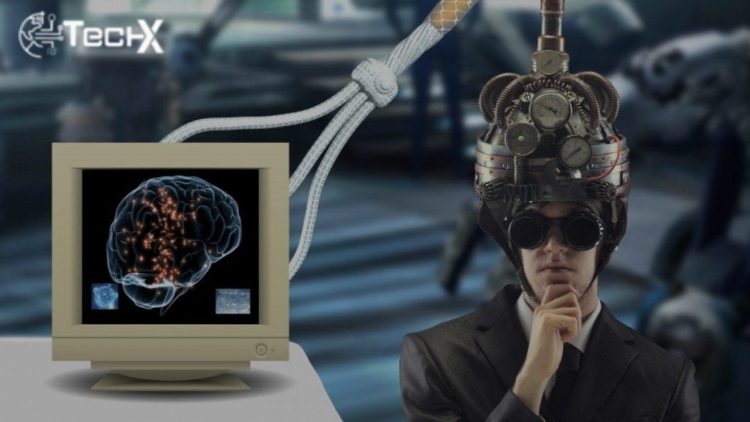Stanford University researchers developed a brain-computer interface (BCI) that decodes inner speech, your silent thoughts, with 74% accuracy. This innovation offers hope for individuals with severe paralysis, such as ALS or stroke patients, enabling communication without physical speech. The technology captures neural signals, translating them into words, revolutionizing assistive communication for those who cannot speak.
How the Brain-Computer Interface Works
The system uses electrode arrays implanted in the motor cortex to record neural activity. Participants imagined or attempted to speak words while the BCI analyzed their brain signals. Though inner speech produced weaker signals than attempted speech, AI models distinguished them, decoding sentences from a 125,000-word vocabulary. This real-time translation marks a leap forward in merging human thought with machine interpretation.
A ‘Mental Password’ for Privacy
Privacy concerns are addressed with a “mental password” feature. Users activate decoding by thinking of a preset phrase, like “chitty chitty bang bang.” This blocks unintended thoughts from being read, with 98% effectiveness. Such safeguards ensure only intentional communication is processed, protecting users from involuntary exposure of their private inner monologue.
Also Read: Diesel Prices to Drop by Rs. 11.50, Petrol Price Set to Increase
Reducing Physical Strain for Users
Traditional speech-assist devices require exhausting physical efforts, like mouth movements or eye tracking. The new BCI eliminates this strain by directly interpreting thoughts. For paralyzed individuals, this means smoother, less fatiguing communication. The technology restores a sense of autonomy, allowing effortless expression without taxing physical exertion.
Current Limitations and Future Goals
While promising, the BCI is still in early stages. Challenges include improving accuracy and refining signal detection. Researchers plan to integrate higher-resolution implants and advanced AI for better performance. Future goals include enabling free-flowing conversations and strengthening privacy measures. This innovation could eventually restore natural communication for millions, transforming lives by bridging the gap between thought and speech.
A Step Toward Effortless Communication
The Stanford team’s work represents a major milestone in neurotechnology. By decoding inner speech, they pave the way for seamless, thought-driven communication. As the technology evolves, it may offer unprecedented freedom for those silenced by paralysis, turning silent thoughts into audible words. The future of BCIs holds immense potential, bringing us closer to a world where no mind goes unheard.
















